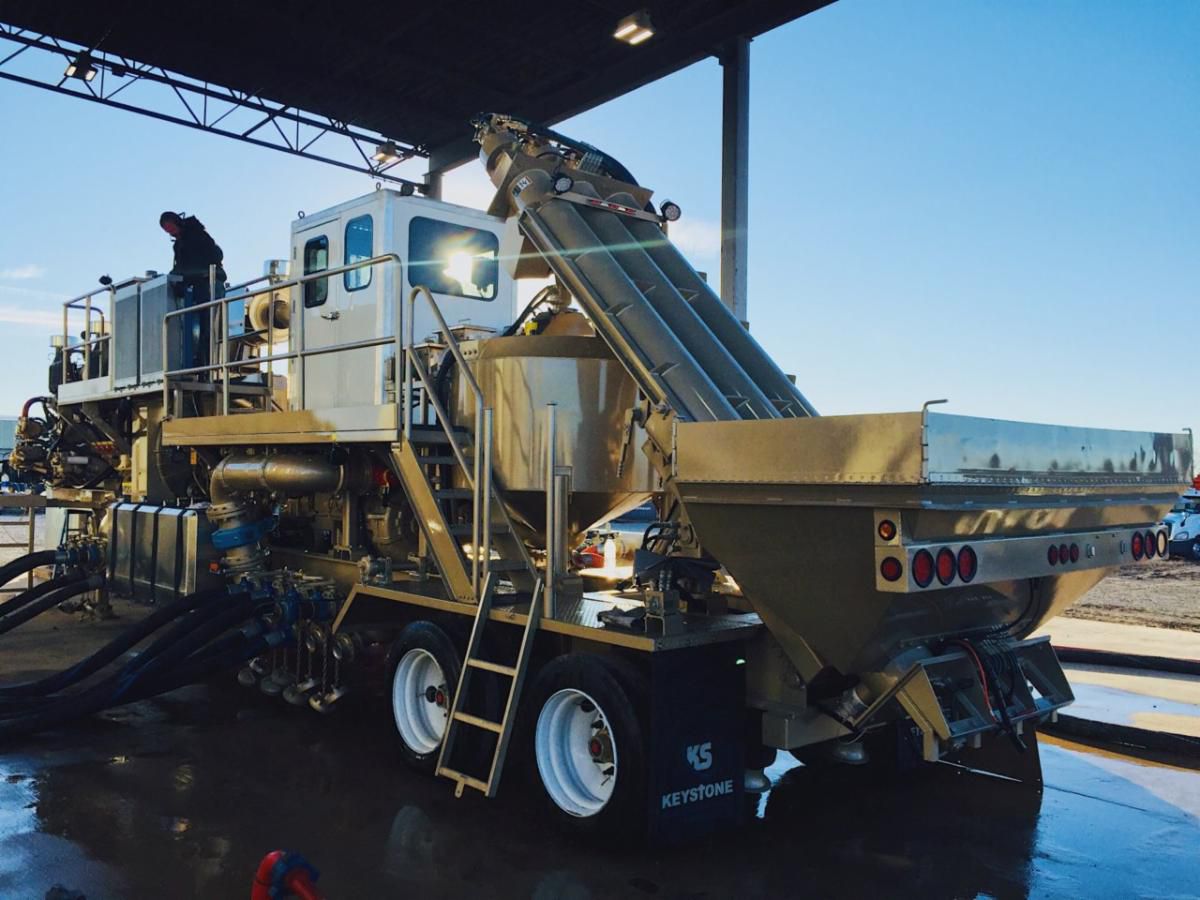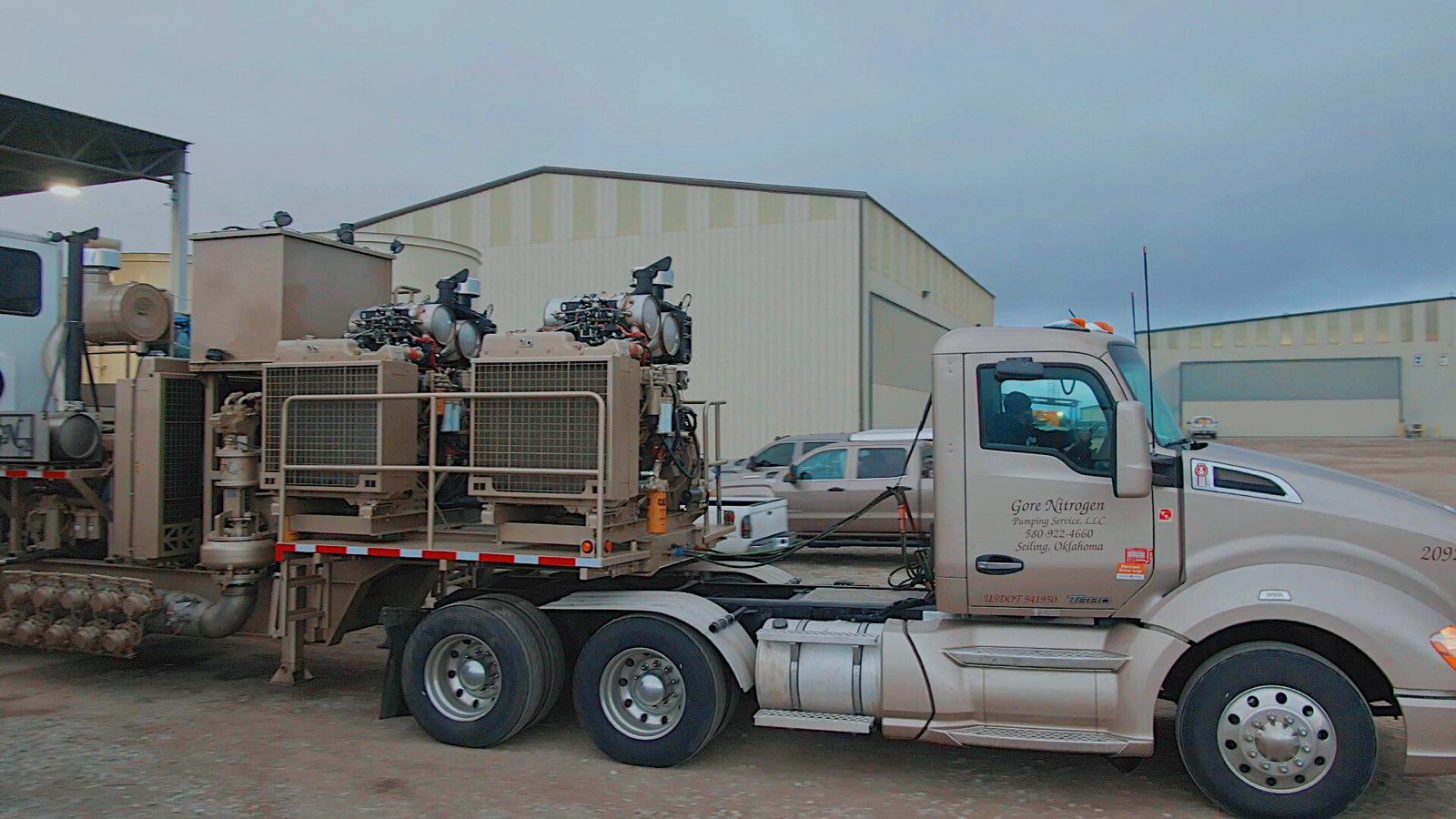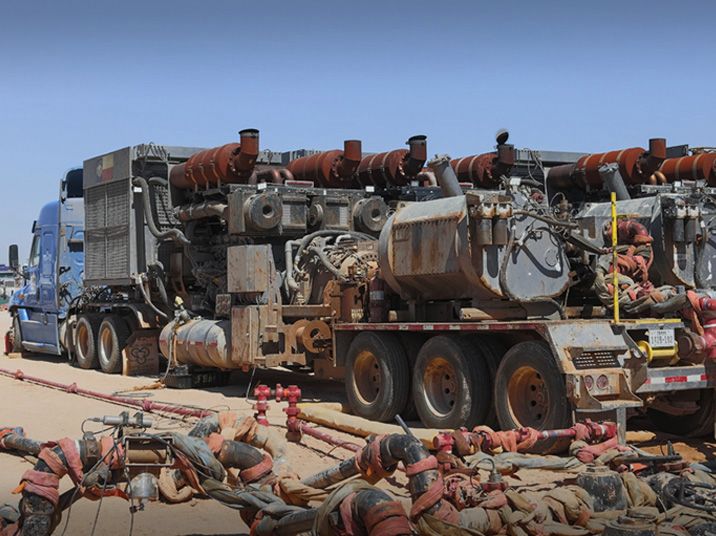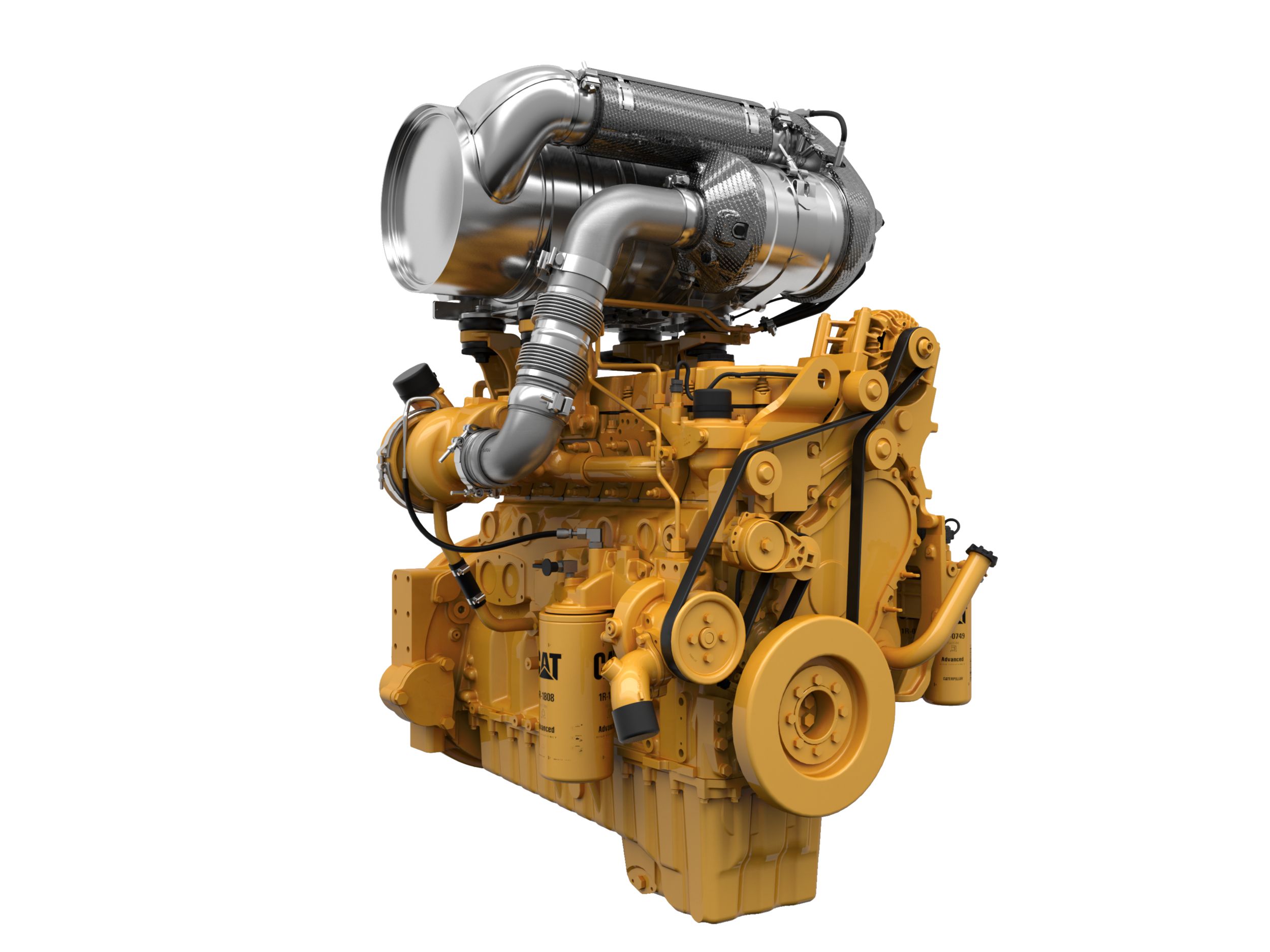“We treat people right.” Many companies say it. Fewer put the words into action. Fewer still extend that promise beyond their own employees to the men and women who purchase and operate their products. Then there’s Keystone Synergy.
Founded in 2011 in north Texas by Craig Ray and Larry Crist, Keystone started out manufacturing bulk sand haulers used in the hydraulic fracturing industry. (In fracking, sand, water and chemicals are combined and injected into shale rock at high pressures to extract oil and gas.) The two men built their business — now 140-plus employees strong — on a foundation of faith, strong values, limited debt, a commitment to standing 100% behind their products and a too-often-overlooked skill in today’s business world: listening.
“From the beginning, our modus operandi has been to get input from the operators in the field,” Ray says. “A product can look good on paper from an engineering perspective, but does it really work? Listening is so simple but so critical to making a better piece of equipment. Even the most mundane equipment can be improved.”
The pressure’s on to run safer sites
For Keystone, “better” means equipment that’s more productive, more efficient, easier to operate and simpler to maintain — but that’s not all. Safety also takes precedence as the company designs solutions for its customers, many of whom operate in fracking applications. On these sites, pumping pressures can reach 10,000 to 15,000 pounds per square inch (psi), extremely high levels where simple product failures can escalate quickly into dangerous situations.
When Gore Nitrogen, an Oklahoma-based nitrogen pumping, transportation and fracturing services specialist, requested a purpose-built frac blender for its unconventional slip-stream operations, the Keystone team came up with an innovative design that not only met Gore’s unique pumping requirements but also put the well-being of operators and service personnel first.
“Around the time we began designing this product, there was a fire on a frac location in the Permian Basin where a couple of the field support staff are really good friends of mine,” says Denzil Stephenson, director of on- and off-highway equipment for Keystone. “It made us realize we could alter a few things to make the blender safer and more convenient. It’s probably the most beat-up piece of equipment on location because it gets the most demand and therefore requires the most maintenance. We wanted to design it in a way that made it safe and easy to operate and maintain.”
The blender’s role on the frac site is vital. True to its name, it takes in sand, water and additives and blends them into a slurry, a mixture that’s then sent through the frac site’s missile and distributed to the frac pumps, which inject it into the ground to recover oil and gas. Engines onboard the blender power its pumps, hydraulic system and transmission in addition to any auxiliary equipment.
“The blender is the heartbeat of a frac job,” Ray says. “It’s absolutely mission critical to keeping everything else going. If you can’t get the blender working right, you can’t get the frac job done.”
Getting creative to reduce risk
For the Gore Nitrogen project, Keystone already had plans to power the blender’s centrifugal pumps with one Cat® C18 and two C9.3B engines, rather than the usual pair of C18s, to reduce idle time, fuel use and unnecessary wear on the aftertreatment system through excessive low-engine loading. But the design team soon realized there was a safety benefit to that solution as well. Splitting the hydraulic load between two smaller engines allowed them to shorten the hydraulic pump stack. With a smaller overall footprint, they could turn the power units sideways on the front of the trailer, then add a unique feature: deployable front maintenance fenders.
“The fenders are stowed when the trailer’s going down the road, but on location, they swing back like the wings on a fighter jet and become work platforms with ladders,” Stephenson says. “That way, service personnel can access the hydraulics, radiators and engines safely and quickly troubleshoot and repair the hydraulic system at a minimum 75% faster than with previous designs.”
Because the blender is one of the few pieces of equipment on a frac site that requires an onboard operator — other units, like frac trailers, are controlled from a remote data van — Keystone also put extra thought into how personnel get on and off the product safely.
“We allowed for entry and exit up both sides of the blender via stairs so they can access the operator station and work platform from either direction,” Stephenson says. “If there’s a fire or an explosion, they can evacuate from the safer side.”
To be the best, partner with the best
Gore Nitrogen’s first custom-built blender hit the frac site in 2018, and Keystone has since built two more for the company. All three products — which are powered by Cat Tier 4 Final engines that meet the latest, most stringent emission standards — are exceeding expectations when it comes to durability, performance, versatility and uptime.
“When the customer says he’ll never buy a different brand, that’s a good vote of confidence,” Ray says.
It’s not unusual for Keystone to hear comments like that, however. At one time, nine of the top 10 pressure pumping companies in the industry were Keystone customers.
“The only customers we’ve ever lost are those that went through mergers or went out of business,” Ray says. “Once we get a customer, we keep them. It’s something we’re proud of.”
Keystone’s willingness to look out for the welfare of operators and service personnel certainly contributes to that kind of loyalty. So does the company’s customer-first approach to product design. Unlike other producers who manufacture and sell only a standard model with limited or no opportunities for modification, Keystone operates more as a custom shop — building products to customer specifications and innovating to solve customer problems.
“It’s not just another piece of equipment or another sale to them,” says Chris Cox, engineering sales representative for Cat dealer Holt Power Systems. “They think through problems and work directly with their customers to come up with collaborative, creative solutions. Just as Caterpillar is known for longevity, for the best design, Keystone wants to be recognized that way as well.”
Part of building a reputation as the best in the industry involves working with the right partners, and Keystone is confident it’s selected good allies in Caterpillar and Holt.
“From an owner’s perspective, over the last two-plus years, we’ve spent more money with Caterpillar than with any other vendor, and that speaks volumes,” Ray says. “We rely on their expertise, product quality and availability, service in the field and willingness to be flexible to support our business. Holt and Caterpillar are good to their word, and we’re good to our word. Business goes better when we’re all moving in sync.”
And living up to the promise to treat one another right.













